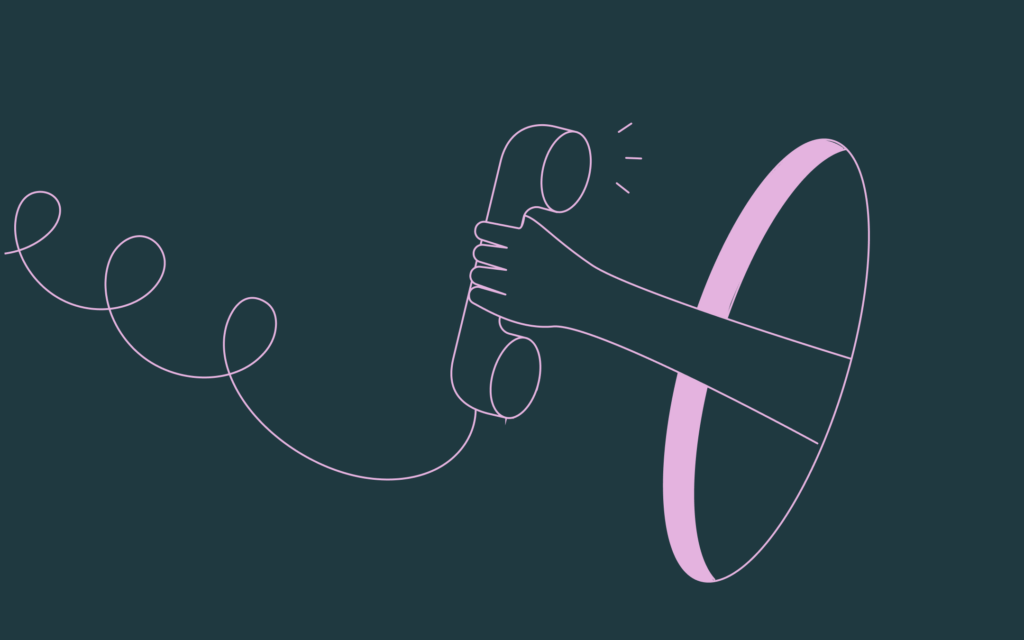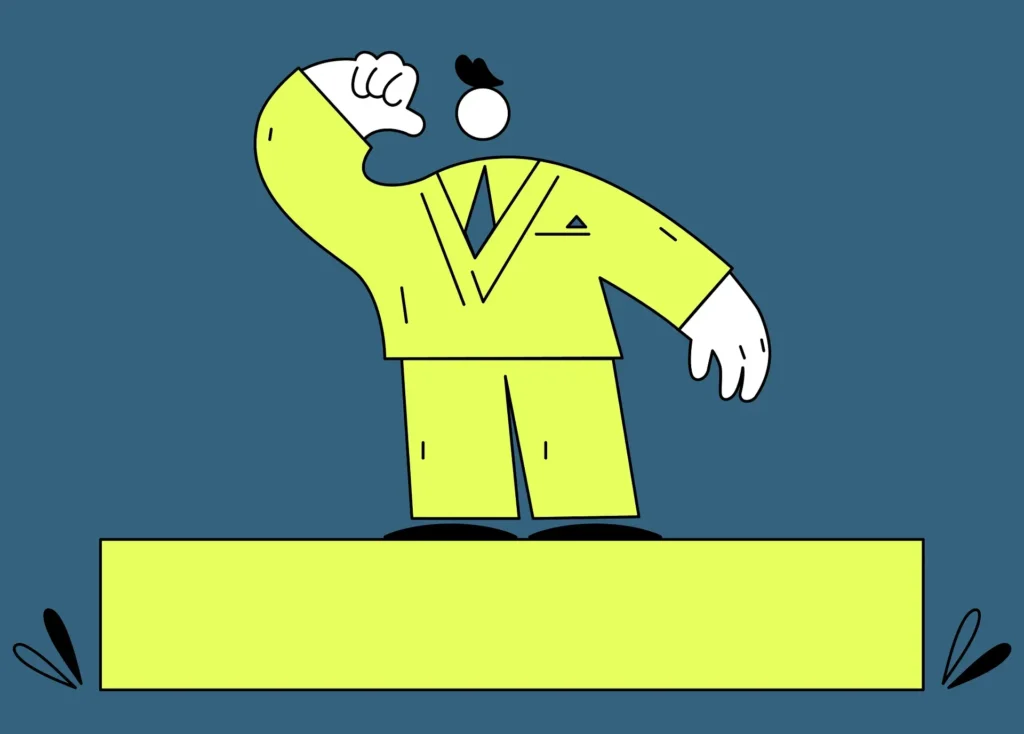How Are Purchase Decisions Actually Made?
Let’s say you need to buy a toilet brush. You’re at the store with your partner, and they say, “The brushes are just down that aisle, do you mind grabbing one?” Suddenly, you find yourself in front of a wall of toilet brushes. Never in your life have you actively thought about toilet brushes, toilet brush brands, or the state of the toilet brush market. But now, somehow, you find yourself in the position of trying to form an emotional connection to an object that arguably has the worst job in your house. Do you grab the cheapest one? Or maybe just the one you recognize?
The Magic of Brand Salience
Enter brand salience, the unsung hero of indecisive buyers everywhere. In cognitive psychology, “salience” refers to what is most prominent or noticeable. The term describes how “our attention is drawn to intense stimuli such as bright lights, loud noises, saturated colors, and rapid motion.” For marketers, salience is the degree to which your brand is thought about or noticed when a customer is in a buying situation.
Not to be confused with top-of-mind awareness, which is simply the link to the name of the product category and depends on a single, specific cue. Salience extends far beyond brand awareness. It’s the probability of a person noticing, recognizing, and thinking about your brand when it matters most.
Emotion-led Decision Making
Why is this important? Because as much as we’d like to believe that people make purchase decisions based on rational, utility-maximizing thought, we don’t. According to a study by Kantar, one of the world’s largest insight and consultancy groups, “Consumers rely on mental shortcuts or heuristics when they make their brand decisions. One such heuristic is to assign greater importance to things that have ready mental availability, the effect of which is to choose the most salient brand.”
All this to say we’re flawed, tenderhearted creatures making most choices based on feeling, experience, or precedent. Jenni Romaniuk and Byron Sharp of the Ehrenberg-Bass Institute for Marketing Science have done research into brand salience, and they’ve found that it’s largely a function of the quantity and quality of the consumers’ memory structures.
Quantity of Memory Structures
In buying situations, consumers are often driven by mental cues that trigger their thoughts around brand consideration sets. For example, if I’m thinking about finding affordable healthcare coverage that allows me to thrive, I’m likely to consider Kaiser Permanente. Since 2004, their ubiquitous “Thrive” campaign has been a staple across TV, radio, online, print, and outdoor platforms in markets throughout the country. The more memory structures your brand is linked to, the more salient your brand, the more likely it is to be thought of during a buying situation.
Unfortunately, what people remember about brands isn’t always the same across buying decisions. Even if you’ve seen the same ads as me, you might have a completely different association to the word “Thrive.” Quantity alone isn’t enough.
Quality of Memory Structures
Romaniuk and Sharp argue that the quality of brand salience is a function of the strength of the association and the attribute relevance. As a former resident of Oakland where Kaiser is based, I’ve seen countless “Thrive” executions, so the linkage is very strong. Additionally, if affordability is important and relevant to me because I’m on a budget, this further increases brand salience.
The quality of brand salience speaks to that classic ad adage: “When I needed a mattress, I saw mattress ads everywhere. Then after I bought one, they all disappeared.” Your need and desire instruct what you see in the world. What you don’t need becomes invisible. At the end of the day, brand salience is a function of a) the quantity of memory structures your brand is linked to; b) the quality of these structures, as defined by the strength of association and relevance of the structure. Your job as a brand is to stay permanently visible by being exactly what your customer needs, right when they need it.
How Do You Increase Brand Salience?
Increasing brand salience is a real estate battle for taking up the most space in your customers’ heads and hearts. Brands can build their brand salience by developing a number of different memory links in buyers’ minds. This can be done a myriad of ways, whether through differentiation, storytelling, or creating meaning. Whatever you implement, maintaining customer share-of-mind depends on consistent and quality advertising. Deployment of the same distinctive assets is what will help your brand win in the marketplace over time. Here are three actionable measures your brand can take to increase its brand salience.
- Lead with emotion to create distinctive, memorable assets. Could you pick your content out of a crowd? Is your design unmistakably yours? How can you make your look and feel unforgettable?
- Take a bold risk to get noticed. When we talk about memory, we’re talking about that special signal that cuts through the noise. Who do you remember from the last party you attended? Was it the person quietly minding their own business in the corner? Probably not.
- Go out of your way to continuously reach potential buyers. There are new ways to form memory structures with your target audience every day. Whether it’s podcasts, newsletters, or mixed reality brand experiences, every leap in technology is another tool to build a new emotional connection.
The Best Thing To Be Is Remembered
Byron Sharp, author of “How Brands Grow: What Marketers Don’t Know,” says that the pursuit of differentiation and segmentation is not as useful as “creating memorable and consistent brand assets that trigger an instinctive response when they’re seen or heard at critical purchase moments – in other words, they should focus on brand salience.”
There are so many things to consider when building your brand. Of course, brand salience is not the only factor, especially in B2B situations where the journey to purchase is much more complicated than a single point of sale. Regardless, if you can create memorable and distinctive brand assets that trigger an instinctive response in a purchasing situation, you’ve already won.
Emotive Brand is a brand strategy and design agency in San Francisco.







